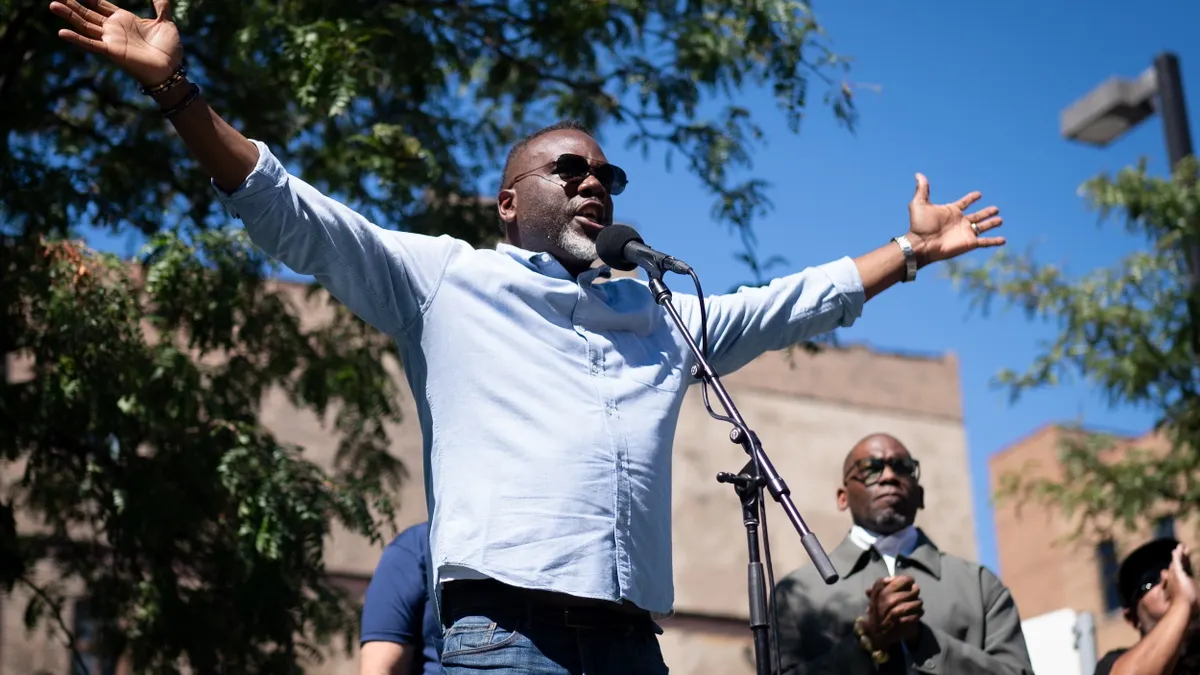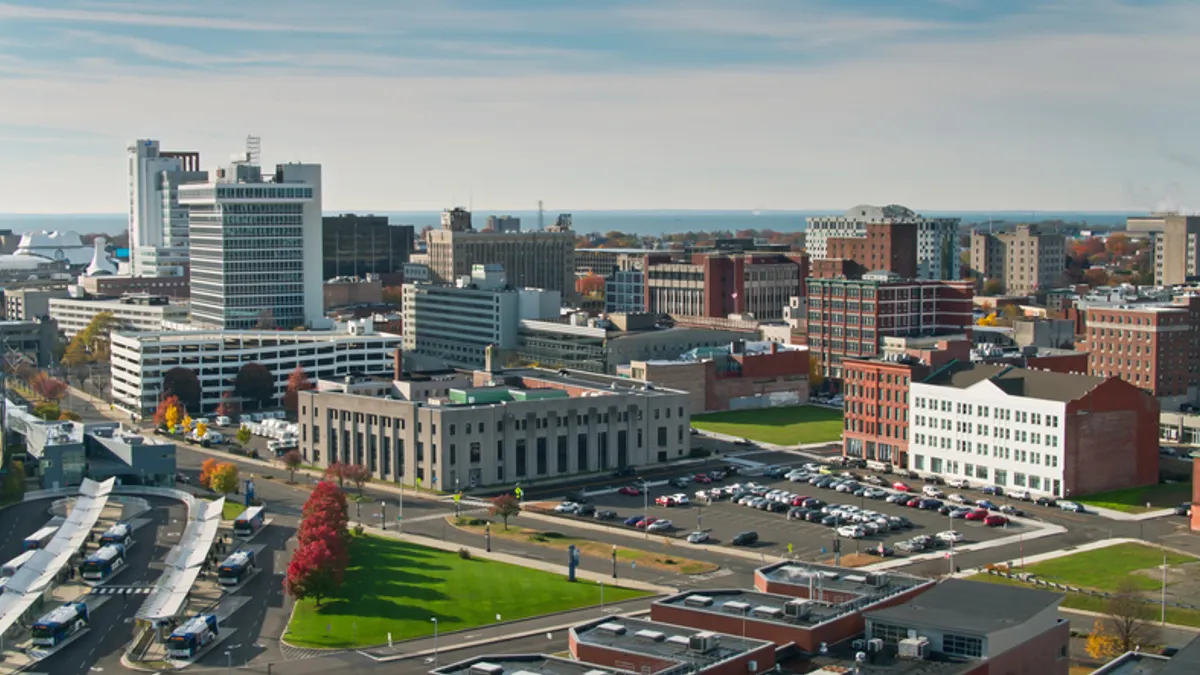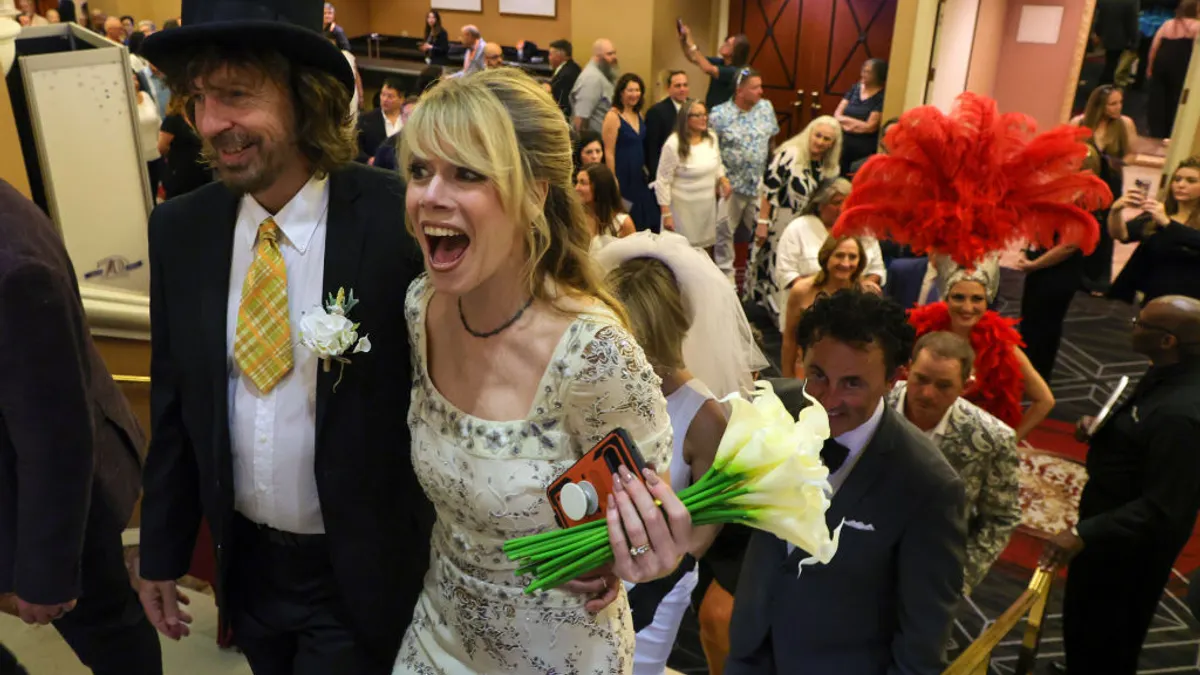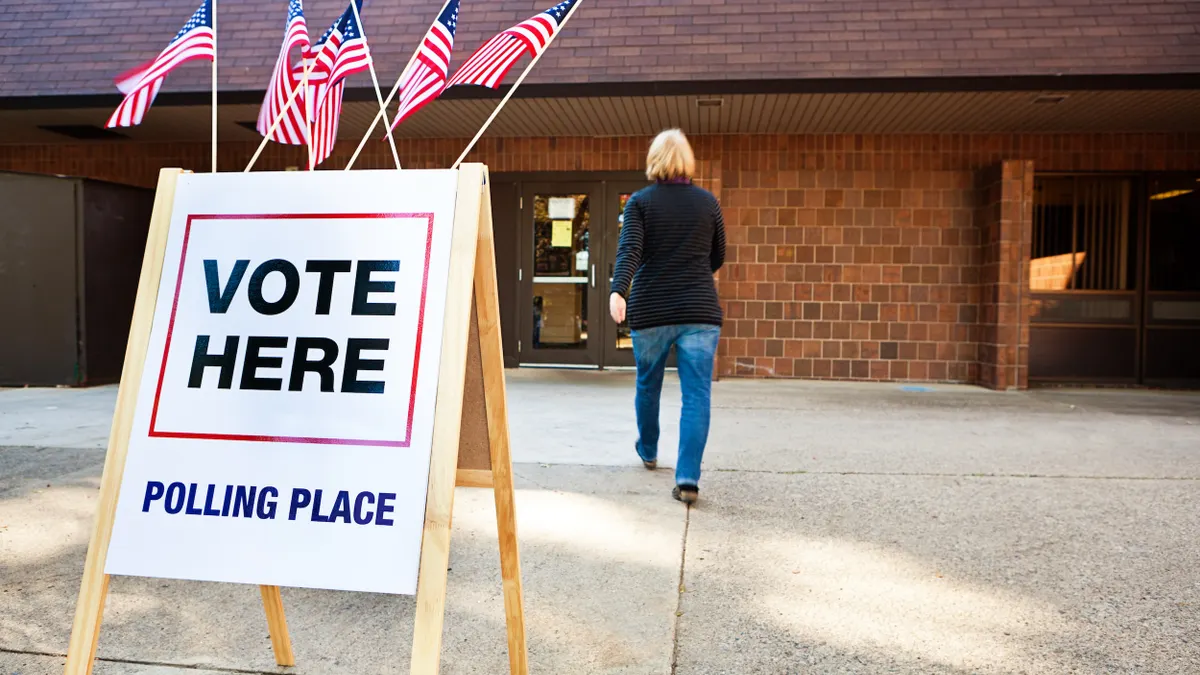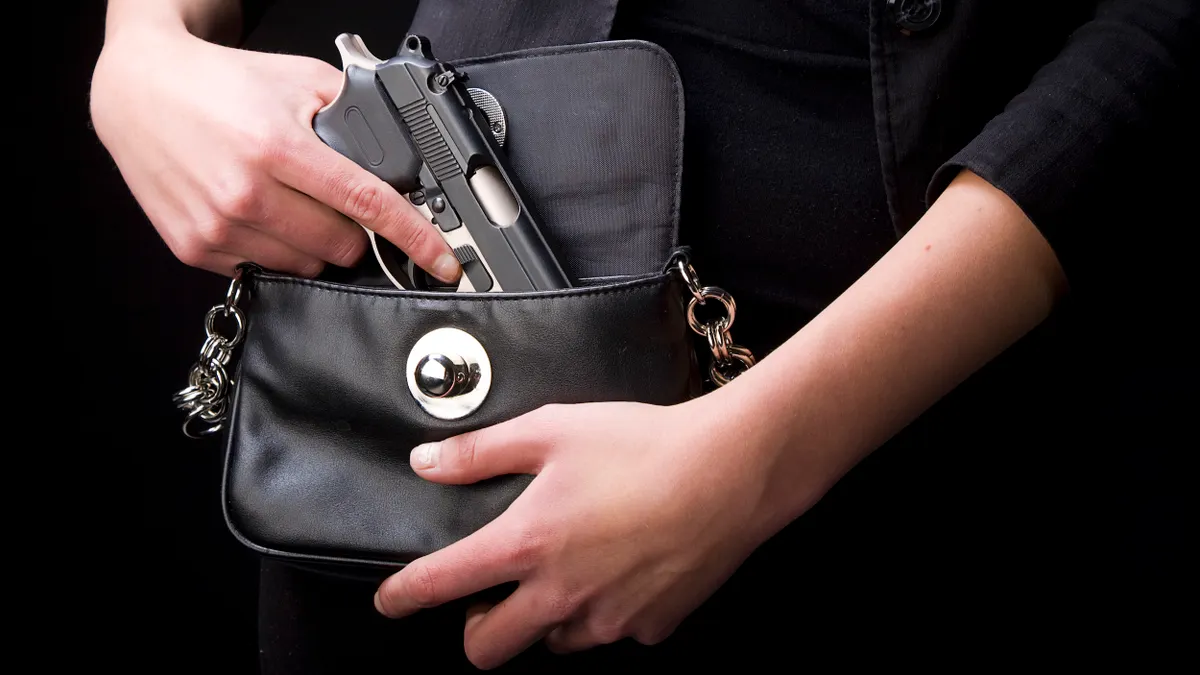A Columbia, Maryland, nonprofit is attempting to break through the racial and gender wage gap, creating a space for women of color to build their businesses and access skill-building, funding and community.
Describing itself as the first organization of its kind in the U.S., The 3rd hopes to open a location in June that will serve as a mixed-use community hub complete with two cafes, conference rooms, meeting spaces and a marketing studio. It will also include a store that carries products and brands made by the organization’s more than 100 members, occasionally supplemented by products from women of color outside the membership.
“Financial resources to businesses were made with one [type of] person in mind, and if you don’t fit into that box, you have to push hard and be resilient in order to succeed,” said Laura Bacon, founder and CEO of the women of color-run nonprofit. “We did market research before launching and learned that being a woman of color entrepreneur is an isolating experience because there has been little thought to our specific needs and challenges.”
The numbers tell the story: Black women earn only 63% of what White, non-Hispanic men earn; Native American women earn just 60%; and Hispanic women just 55.4%, according to the U.S. Department of Labor. White, non-Hispanic women, in contrast, fare much better, earning 78.7% of what their male counterparts earn, although the gender pay gap remains alive and well, too. While initiatives at all levels of government aim to help change those stats and close the racial wealth gap — initiatives that include city-level programs that provide reparations or universal basic income — there remains a long way to go until society achieves parity in this regard.
Marc Morial, president and CEO of the National Urban League, supports the concept of The 3rd and sees the need for it. “An organization like this reflects a good-faith effort to respond to the special needs and barriers a group like this faces,” he said. “It brings forward the idea that one way to grow a business is to share ideas with each other and create a space where businesses can operate with lower overhead through shared resources.”
Bacon and her team intentionally selected Columbia as the site for this space. A planned community created over 50 years ago, Columbia was the vision of businessman James Rouse, who sought to create a suburb providing true diversity and inclusion. Due to the pandemic, this physical hub is opening later than Bacon had hoped, but she said that might have a silver lining. “Back in 2019 and into 2020, we spent a lot of time explaining why this space needed to exist,” she said. “But after George Floyd, we didn’t have to explain that so much.”
The county government and community organizations helped make the concept a reality. The 3rd is the beneficiary of a $150,000 grant from a public-private partnership between Howard County, Maryland, which used American Rescue Plan COVID-19 pandemic relief funds, and utility Baltimore Gas & Electric Co. This followed a $20,000 business assistance grant it received from the county in 2021, said Bacon. The Women’s Giving Circle of Howard County also awarded the organization a $20,000 multiyear grant.
Calvin Ball, the county’s executive, said in an interview that investing in The 3rd was a logical step for the county. “We are a diverse community, and we aspire to be inclusive,” he said. “I recognize the need for removing the wealth barriers. When we saw what The 3rd was doing for small, minority-owned businesses, we knew they shared our commitment to build wealth for current and future generations.”
Bacon said that the county has been open to discussion, support and recognition of The 3rd. “It’s my goal to pull in intentional support and programming for Black-and Brown-owned businesses,” she said. “This is money that comes no-strings-attached; [funders] recognize the hole we fill in the community.”
A model for other cities
As The 3rd gets off the ground and moves forward, Bacon hopes it can serve as a replicable model for other cities around the nation. The suburbs, she said, can be a big desert for programming around people of color.
Michele Ruiz, co-founder and CEO of BiasSync, said those needs and barriers are many given the financial realities of women of color. Years of discriminatory practices and impractical solutions have left them many steps behind their White peers. “There’s a lot of messaging about access to capital for small business owners,” she said. “But much of that is about debt financing. The bottom line is that the requirement of servicing that debt is an inhibitor in and of itself.”
Further, said Ruiz, there remains an unconscious bias against funding women-of-color-owned businesses. “They are often held to higher qualifying standards than White- or male-owned businesses,” she explained. “There’s a big disconnect.”
Morial, of the National Urban League, said that any strategy that facilitates the growth of Black-owned businesses is good for a community’s economy. “Many cities will try to attract a business from out of town — and they should — but it might bring in 150 jobs,” he said. “Instead, why not work with 50 small-business owners and help them grow. If they add a few employees each over a few years, the value add is significant.”
Ultimately, that’s just what The 3rd hopes to accomplish. “What we are seeking to do takes more than just filling out a form,” said Bacon. “The 3rd gives women of color a collective voice, which is easier heard than a single voice."







